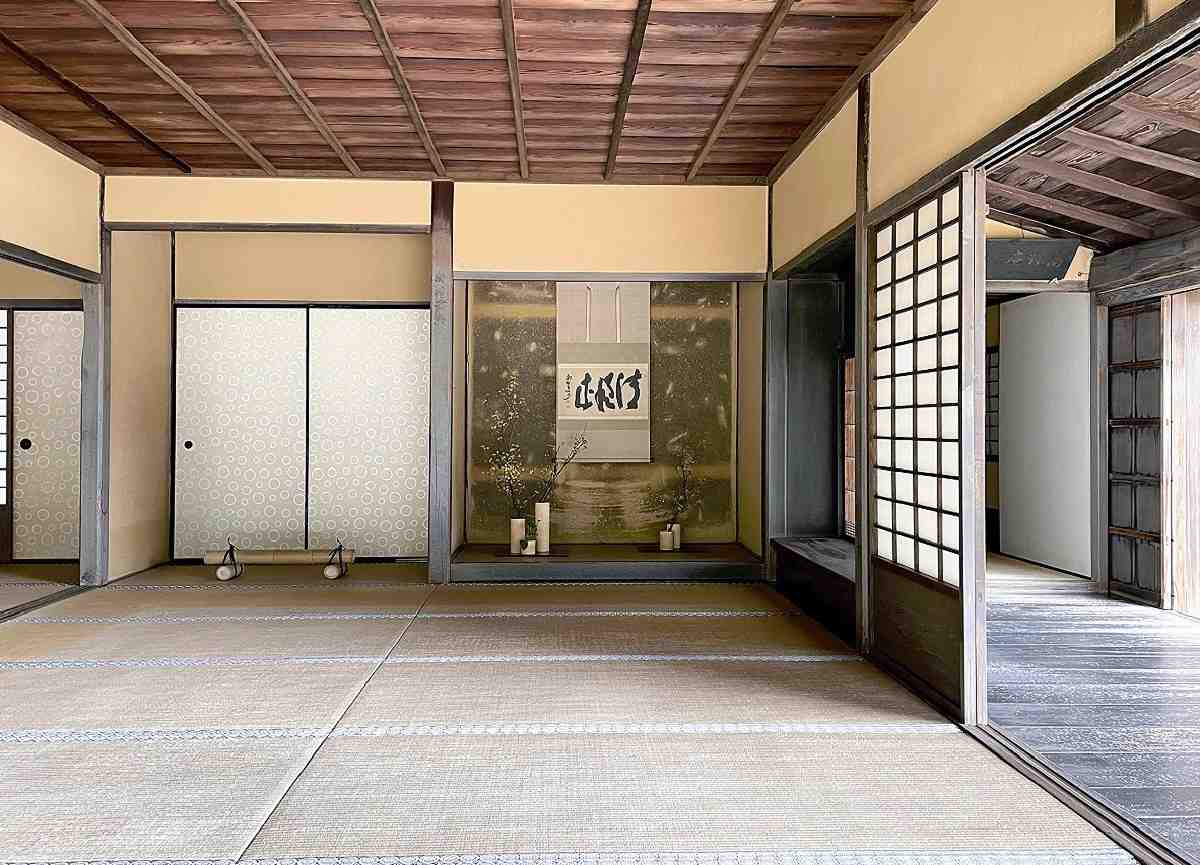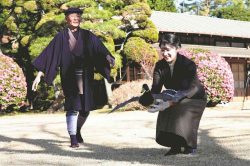Group Promoting Japanese-Style Rooms as UNESCO Intangible Cultural Heritage to Be Launched

A Japanese-style room at Jikoin Temple in Yamatokoriyama, Nara Prefecture
14:00 JST, March 3, 2024
A group comprising architectural historians, architects and other professionals will be launched in March with the aim of promoting the registration of washitsu, or Japanese-style rooms, a traditional element of Japanese living culture, on the list of UNESCO Intangible Cultural Heritage.
UNESCO registers traditional performing arts, rituals, social customs and craft techniques of each country and region under the Convention for the Safeguarding of the Intangible Cultural Heritage. Its inscribed list includes 611 elements, including 22 from Japan, such as washoku, washi and kabuki.
Named Gendai Washitsu no Kai (contemporary Japanese-style room association), the group will launch on March 26 and emphasize the significance of washitsu, highlighting its profound influence on Japanese spirituality and concepts about living space.
According to a survey by the Agriculture, Forestry and Fisheries Ministry, the domestic production of tatami mats in 2023 was 1.54 million sheets, 5.7% of the production level in 1996. The overall supply of tatami mats, including imports, has also decreased to 19.4% of 1996 levels. In recent years, there has been a decline in the number of washitsu and spaces with tatami mats in homes.
“Washitsu has been taken for granted to such an extent that it hasn’t been extensively studied,” said Prof. Shuichi Matsumura, an expert on building structures at Waseda University’s Faculty of Science and Engineering and one of the founders of the group.
In response to this situation, the Architectural Institute of Japan in 2016 established a special research committee on the world heritage value of washitsu, along with a working group, to conduct academic research on washitsu and Japanese housing culture.
The group will call for participation from a wide range of people, including researchers, construction professionals, craftspeople, forestry workers, and those involved in tea ceremonies and ikebana. They plan to promote the registration of washitsu to the heritage list through architecture tours, tatami mat production visits, symposiums and other related events.
“Washitsu embodies Japanese lifestyle and architectural culture,” said Seizo Uchida, a specially appointed professor of the history of modern housing at Kanagawa University, who played a central role in initiating the group. “We’d like to pass on the culture of washitsu to the next generation by introducing it to the world.”
"Society" POPULAR ARTICLE
-

M4.9 Earthquake Hits Tokyo, Neighboring Prefectures
-

M7.5 Earthquake Hits Northern Japan; Tsunami Waves Observed in Hokkaido, Aomori and Iwate Prefectures
-

Tsukiji Market Urges Tourists to Avoid Visiting in Year-End
-

Israeli Tourists Refused Accommodation at Hotel in Japan’s Nagano Pref., Prompting Protest by Israeli Embassy and Probe by Prefecture
-

Beloved Cat Stationmaster Nitama in Wakayama Pref. Passes Away at 15
JN ACCESS RANKING
-

Keidanren Chairman Yoshinobu Tsutsui Visits Kashiwazaki-Kariwa Nuclear Power Plant; Inspects New Emergency Safety System
-

Imports of Rare Earths from China Facing Delays, May Be Caused by Deterioration of Japan-China Relations
-

Japan Pulls out of Vietnam Nuclear Project, Complicating Hanoi’s Power Plans
-

Govt Aims to Expand NISA Program Lineup, Abolish Age Restriction
-

Blanket Eel Trade Restrictions Rejected
























